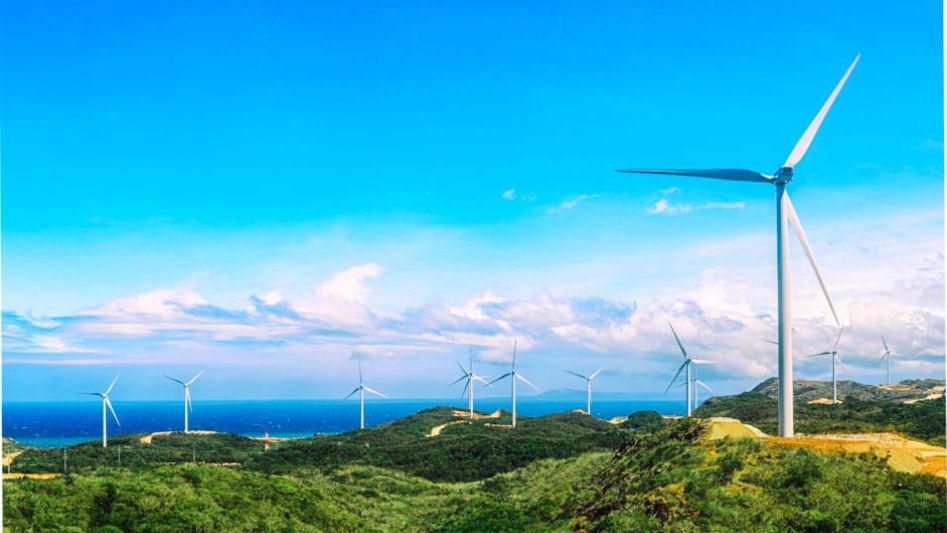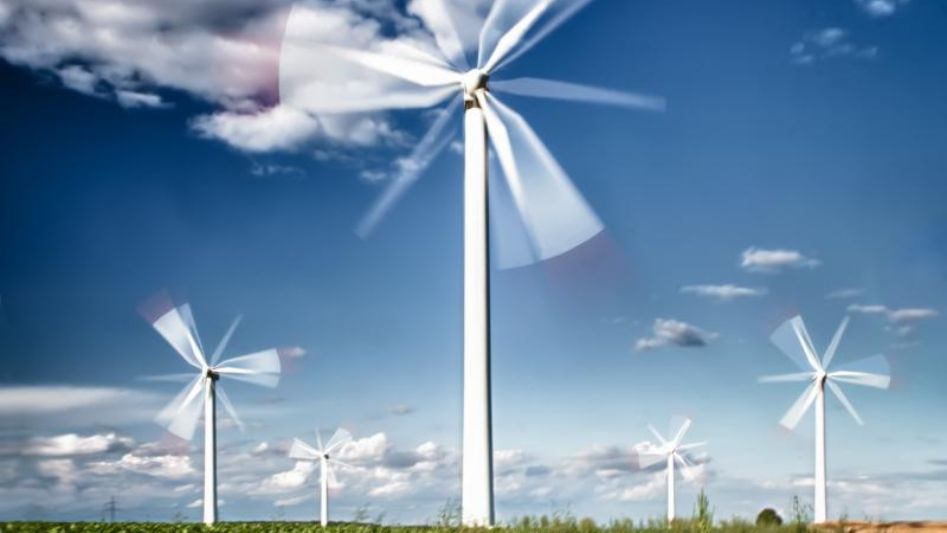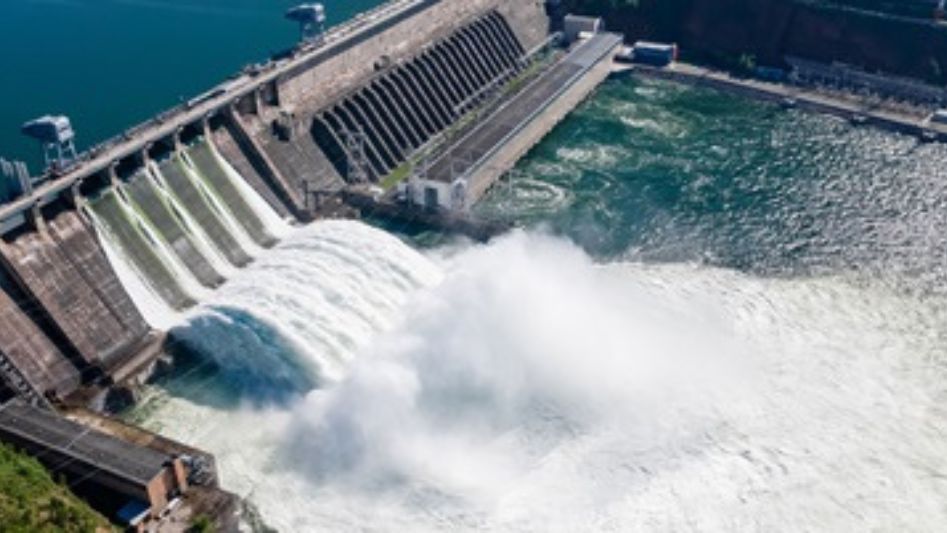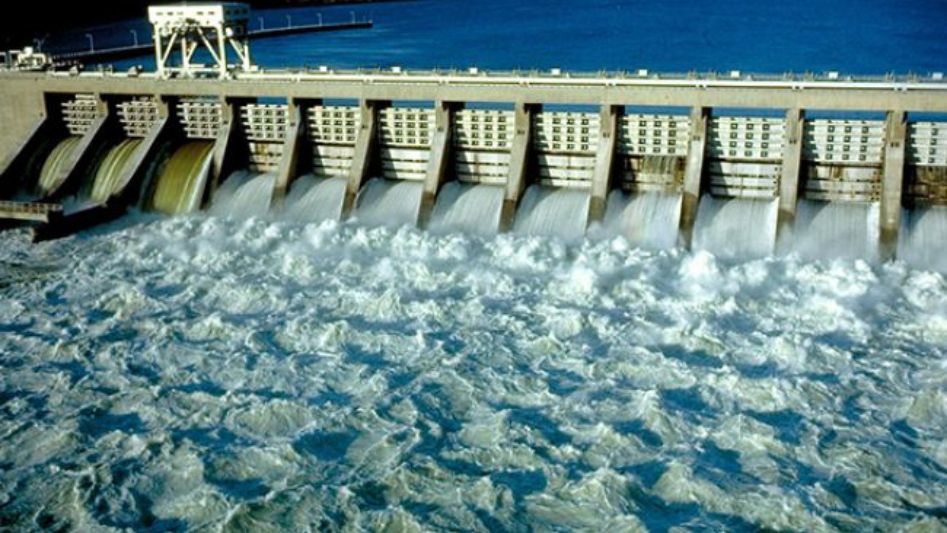This article explores the latest advancements in hydro and wind power technologies and compares their benefits and drawbacks. Discover the future of renewable energy and find out which technology is the most efficient and sustainable.
Table Of Content
Introduction
The need to transition from fossil fuels to renewable energy sources is becoming increasingly urgent as the impacts of climate change continue to worsen. Renewable energy, which is derived from sources that are naturally replenished, such as sunlight, wind, and water, is one potential solution to this problem. However, with so many different renewable energy technologies available, it can be difficult to know which ones to invest in. In this article, we will compare two of the most commonly used renewable energy technologies: hydro and wind power.
We invite you to read: “Why Wind Energy is an Essential Part of the Renewable Energy Mix”
Hydro Power
Hydro power is a type of renewable energy that is generated from the energy of moving water. It is typically produced by using dams or other structures to capture the energy of falling water, which is then converted into electricity. Hydro power has several advantages, including its reliability, efficiency, and scalability. Hydro power plants can operate continuously and provide a stable source of energy, making them an ideal source of base load power. They are also very efficient, with conversion rates of up to 90%. Finally, hydro power plants can be scaled up or down depending on the demand for electricity, making them a flexible and adaptable technology.
However, hydro power also has several disadvantages. One of the biggest issues with hydro power is its environmental impact. Dams and other structures used in hydro power generation can have a significant impact on local ecosystems and wildlife. In addition, building and maintaining hydro power plants can be very expensive, and they are only feasible in areas where there is a reliable source of flowing water.
Wind Power
Wind power is a type of renewable energy that is generated from the movement of air. It is typically produced using wind turbines, which capture the kinetic energy of the wind and convert it into electricity. Wind power has several advantages, including its abundance, scalability, and low environmental impact. Wind is a plentiful resource in many parts of the world, and wind turbines can be installed in a wide range of locations, making them a highly scalable technology. In addition, wind power has a very low environmental impact compared to other types of energy production.
However, wind power also has several disadvantages. One of the biggest issues with wind power is its intermittency and variability. Wind speeds can vary significantly from day to day and hour to hour, which can make it difficult to rely on wind power as a consistent source of energy. In addition, wind turbines can generate noise pollution, which can be a concern for people living near wind farms.
We invite you to read: “Is Wind Energy Renewable or Nonrenewable?”
Comparison of Hydro and Wind Power Technologies
When comparing hydro and wind power technologies, it’s important to consider factors such as energy output, cost, reliability, and environmental impact. Hydro power plants tend to have higher energy output and reliability, but can be expensive to build and maintain, while wind turbines are more widely available and have a lower environmental impact, but can be less reliable and cost-effective. A hybrid system utilizing both technologies can take advantage of their unique strengths and mitigate their weaknesses.
Conclusion
The transition to renewable energy is essential to combat climate change and secure a sustainable future for the planet. Hydro and wind power are two commonly used renewable energy technologies, each with its unique strengths and weaknesses. While hydro power is more reliable and has a higher energy output, it can be expensive and has a significant environmental impact.
We invite you to read: “Wind Power and Forest Restoration: A Match Made for Sustainable Energy”
FAQ
What are the benefits of Hydro Power?
Hydro power is a clean, renewable, and reliable energy source that does not produce greenhouse gas emissions. It is also highly efficient and can generate large amounts of electricity.
What are the benefits of Wind Power?
Wind power is a clean, renewable, and abundant energy source that does not produce greenhouse gas emissions. It is also highly efficient and can generate large amounts of electricity.
What are the differences between Hydro Power and Wind Power?
Hydro power relies on water to generate electricity, while wind power relies on wind. Hydro power is more reliable, but requires specific geographical conditions, while wind power is more versatile and can be installed in various locations.
Which technology is better: Hydro Power or Wind Power?
Both technologies have their own advantages and disadvantages and are suitable for different locations and circumstances. The choice between the two depends on factors such as availability of resources, environmental impact, and cost.
You May Also Like
- How Wind Energy Can Contribute to a Zero-Carbon Future
- Revolutionizing Wind Energy Design: The Power of Computational Fluid Dynamics (CFD)
- Blowing in the Right Direction: The Rise of Wind Energy for IOT Applications
- Unlocking the Benefits of Wind Energy: Why Going Higher is Better
- How Machine Learning is Powering up Wind and Solar Energy




